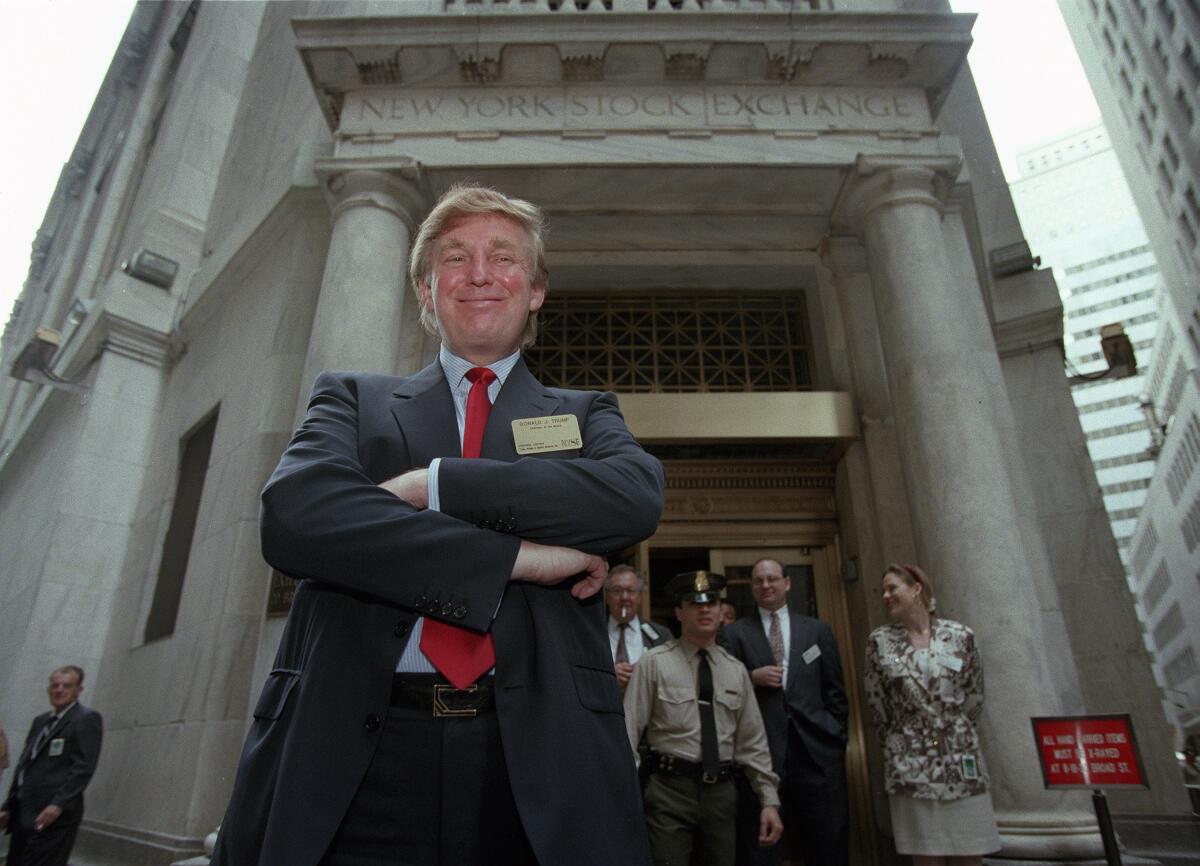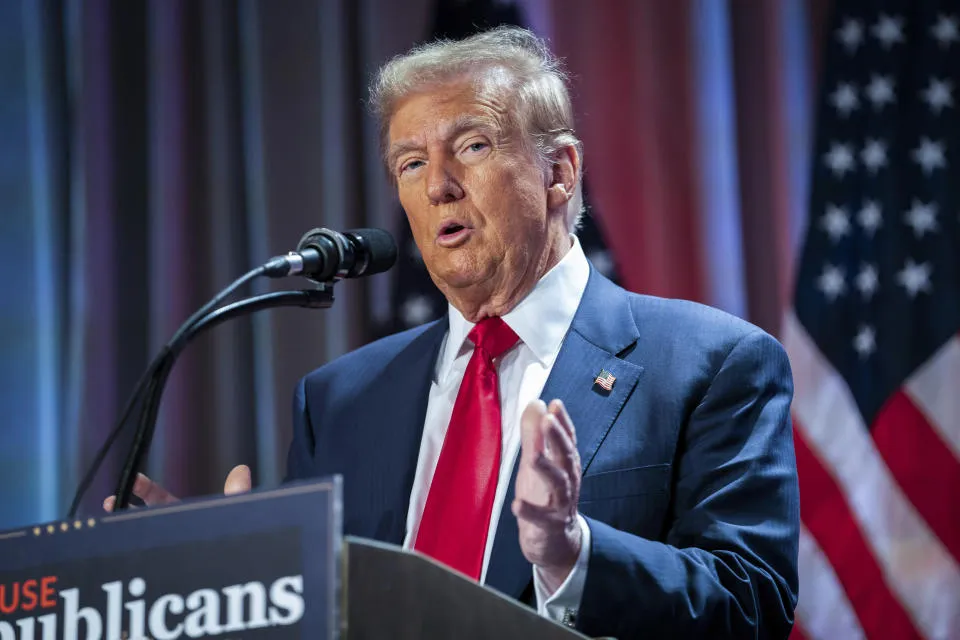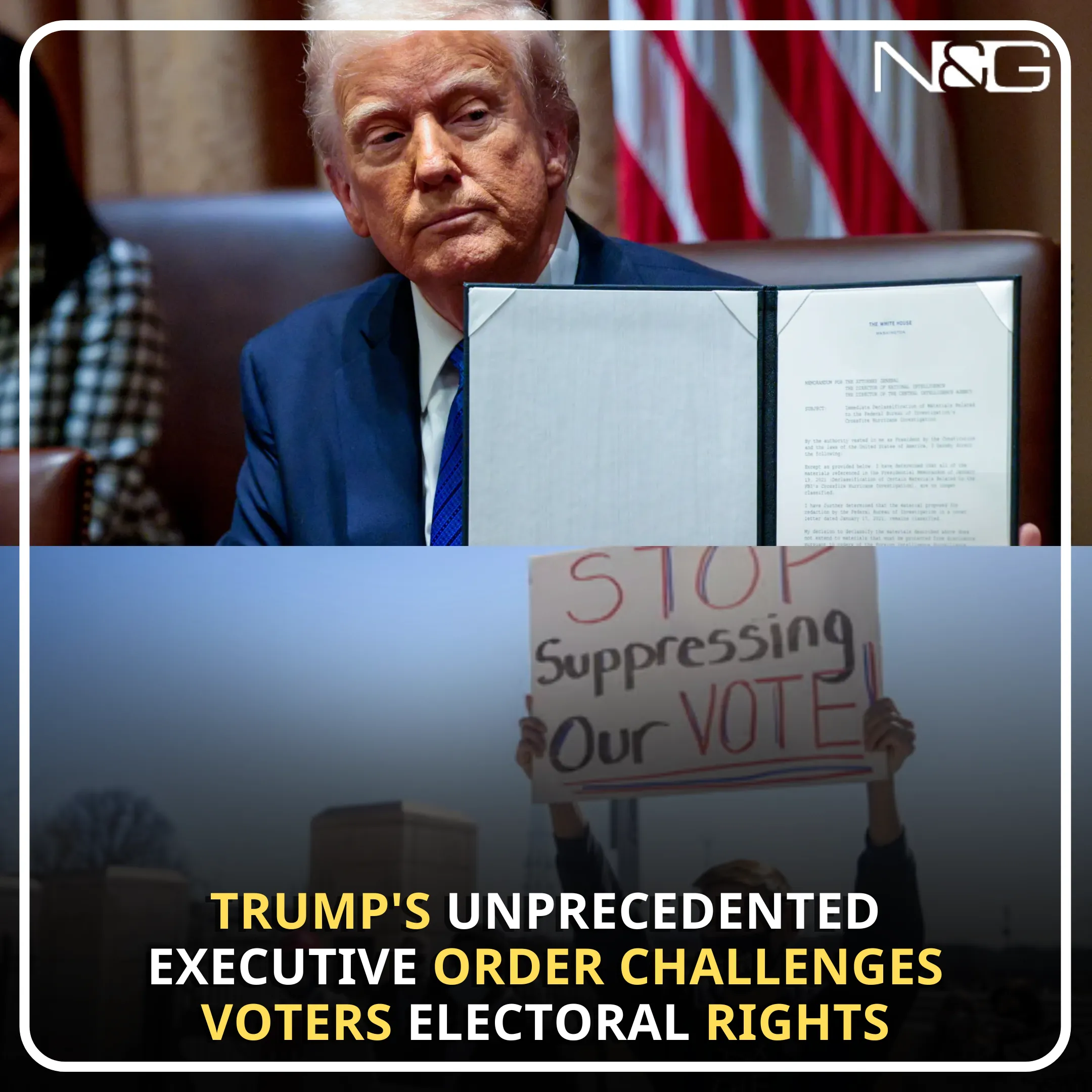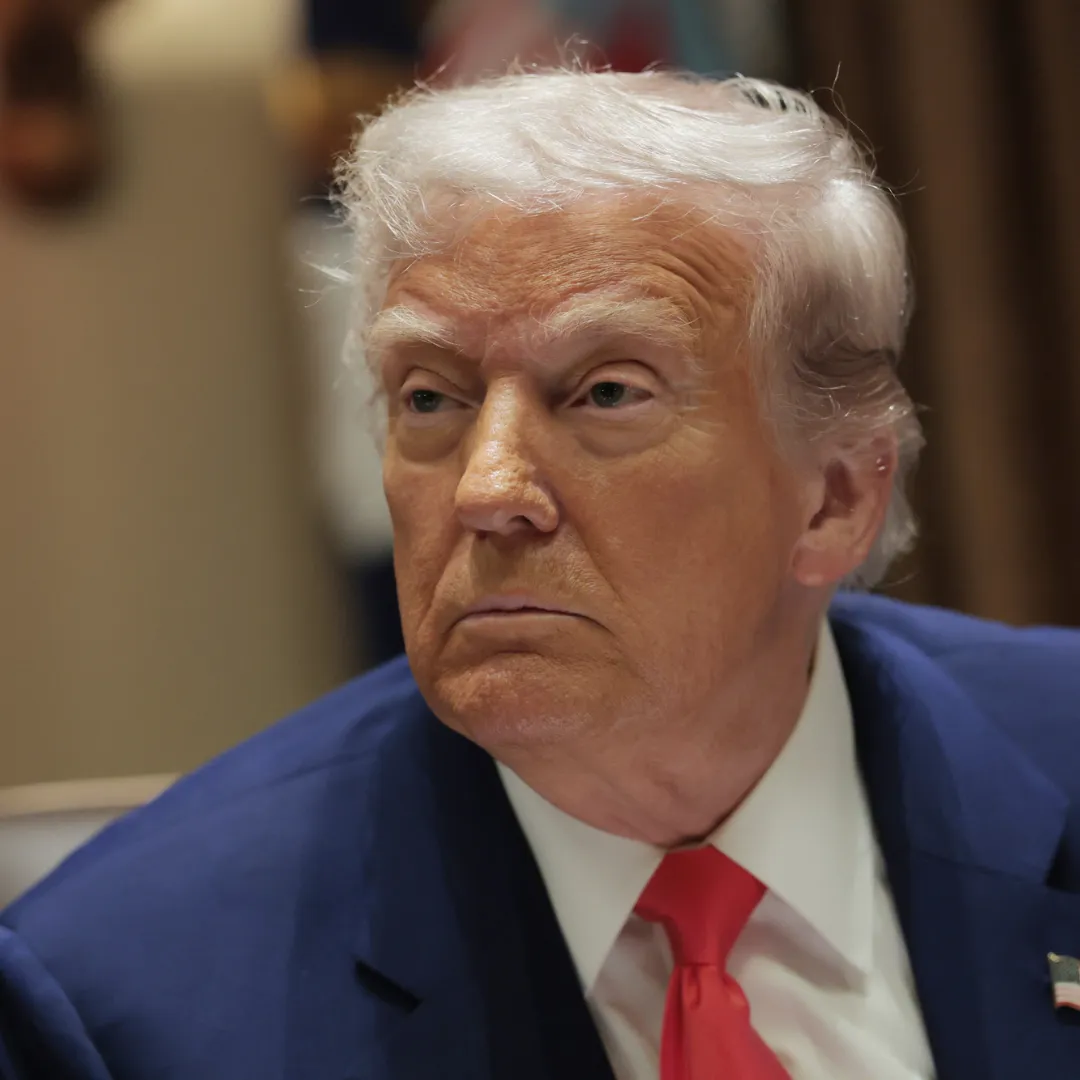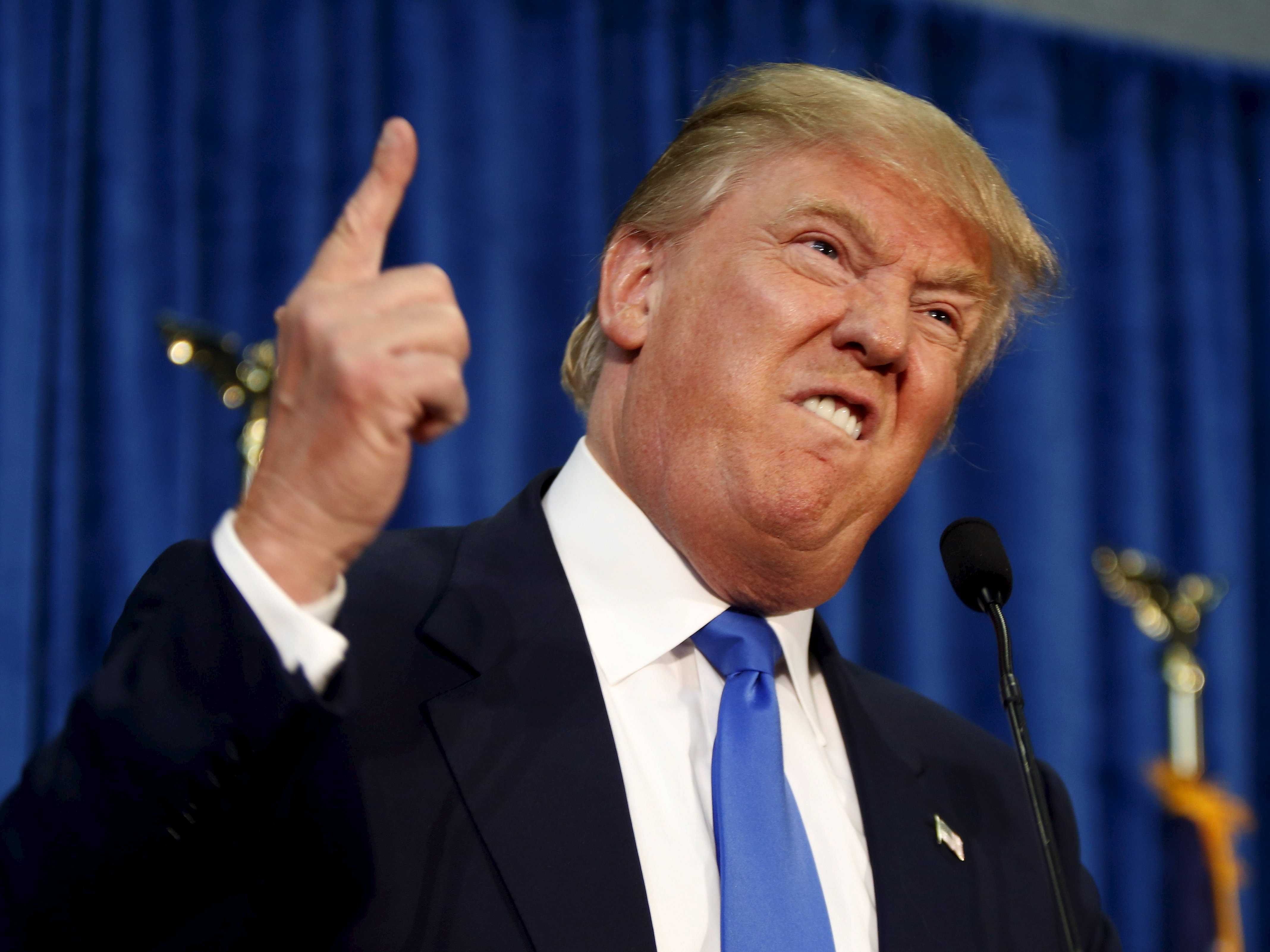
New York City, the home of President Donald Trump, has become the center of a relentless retribution campaign by the president. His attacks on the city, its government, law firms, and universities mark a troubling shift from the rule of law to a system where the whims of the president dictate the direction of federal policy.
So far, there seems to be little resistance from local leaders, including Mayor Eric Adams, who has shown himself compromised, and other mayoral candidates who are more focused on internal conflicts rather than standing up to the president's pressure.
Trump’s campaign against New York City and its institutions escalated following the withholding of $400 million in federal funding from Columbia University. This was a legally questionable move that seems to target the university for its stance on various political issues.
Among the demands attached to the withheld funds are restrictions on anti-Israel protests and a ban on masking policies, coinciding with reports that masked federal agents have been picking up members of the campus community and shipping them to Louisiana for deportation proceedings.
This kind of punitive action, using federal funds as leverage to coerce compliance with the president’s political agenda, highlights the growing power of executive orders as tools of punishment. Trump further escalated his retribution by issuing an executive order aimed at Paul, Weiss, Rifkind, Wharton & Garrison LLP, a major New York law firm.

The firm had represented individuals and causes opposed to Trump. In what was seen as a classic bill of attainder—a law targeting a specific group or individual for punishment without trial—Trump threatened the firm with financial destruction.
He later agreed to drop the order after the firm’s head visited the White House, apologized for "wrongdoing," and agreed to provide $40 million in legal services to Trump’s favored causes. This episode underscores Trump’s approach to governance, which often hinges on retaliation and ensuring that institutions and individuals comply with his demands, or face serious consequences.
Another area of concern for New York City and its residents is Trump’s opposition to the city’s congestion pricing plan, which had already been approved at the federal level. In what can only be described as blackmail, Trump threatened to cut additional federal funding to the state unless Governor Kathy Hochul complied with his demands, which included an end to the congestion pricing scheme.
The rationale provided by Trump’s Secretary of Transportation was that New York’s refusal to comply amounted to “open disrespect of the federal government,” highlighting the increasing tension between federal and local authorities. The city’s resistance to federal impositions reflects broader concerns over the growing erosion of state and local autonomy in favor of presidential overreach.
Moreover, Trump’s administration has also pursued legal action against the state of New York for its refusal to allow the federal government access to the state’s DMV database.

This database includes information on undocumented immigrants who have received state-issued driver’s licenses, which Trump’s Justice Department seeks to use as a de facto deportation list.
This move further exemplifies the increasing federal encroachment on state governance, turning local authorities into instruments for carrying out the president’s immigration policies.
Trump’s “border czar,” Tom Homan, has been vocal in his disregard for judicial processes and legal norms. Homan’s recent statements, in which he emphasized that he didn’t care what the courts or the left thought, made clear that the Trump administration’s approach to governance is rooted in intimidation and the targeting of local leaders who refuse to comply with federal demands.
Homan’s threats to Mayor Adams to cooperate more fully with federal immigration enforcement, under the threat of facing severe political consequences, only underscore the president’s use of power to extract obedience from local officials.
Adams, who is facing his own legal battles over corruption allegations, has repeatedly said he will not publicly criticize Trump, further reinforcing his complicity in the face of presidential pressure.
Despite these ongoing attacks, New York City did not see a significant political shift toward the Republican Party in 2024. While the city did not turn red, it did see a notable decrease in its traditional Democratic support.
In fact, Trump’s performance in New York City closely mirrored his 2020 numbers, whereas Kamala Harris underperformed compared to Joe Biden’s 2020 results across every electoral district. This suggests that while New York remains firmly Democratic, Trump’s influence is growing, and the city is becoming less blue as his base continues to gain ground.
The retribution campaign against New York City and its leaders has been a disturbing and unprecedented development in American politics. It’s not just about punishing those who oppose Trump; it’s about ensuring compliance, instilling fear, and making an example of those who refuse to bow to the president’s demands.
The use of federal power to pressure institutions like Columbia University, Paul Weiss, and New York’s state government is a stark reminder of how power can be abused to stifle dissent and consolidate control. These actions have sparked debates about the abuse of power, the erosion of the separation of powers, and the threat to American democratic norms.
 For many, the real issue with Trump’s retribution campaign is not the content of his demands but the underlying message it sends. It is about creating an environment where local governments, institutions, and individuals are afraid to stand up against the federal government for fear of facing economic and political consequences.
For many, the real issue with Trump’s retribution campaign is not the content of his demands but the underlying message it sends. It is about creating an environment where local governments, institutions, and individuals are afraid to stand up against the federal government for fear of facing economic and political consequences.
The strategy of using federal funds, legal threats, and executive orders to target cities and institutions that disagree with Trump’s policies is a powerful tool for achieving compliance. It’s a clear demonstration of how authoritarian tactics can be used within a democratic system to punish political opponents and suppress dissent.
One of the most troubling aspects of this campaign is its effect on universities and law firms. Institutions like Columbia University and NYU Langone are already feeling the pressure. At NYU, for example, references to “diverse students” and the term “marginalized” have been scrubbed from its website and policy documents, and there is widespread concern that any expression of progressive ideals might invite Trump’s ire.
Institutions are now advising staff to tone down their language and avoid public positions on contentious issues, hoping that by doing so, they can avoid drawing the attention of the administration. This chilling effect represents a significant shift in how institutions function in America, with fear of federal retaliation becoming a central factor in decision-making processes.
Columbia University’s board, for instance, is reportedly trying to figure out how to meet Trump’s demands, including placing its Middle Eastern studies department under “academic receivership.” This move, however, risks damaging the institution’s academic independence.
Yet Trump has made it clear that he will not restore the withheld funds unless the university meets his demands, further exemplifying the coercive tactics that have become his hallmark. Only a few institutions have openly criticized the shakedown, with most others opting to remain silent, hoping that they won’t be the next target.
New York City and its leaders have long prided themselves on being progressive, but this stance is now being tested more than ever. The pressure from the Trump administration presents a crucial moment for the city to show whether it can uphold its values and resist the authoritarian tactics being employed by the federal government.
The rest of the country is watching closely to see how the city handles these challenges, as it could serve as a bellwether for how other blue cities will react to similar pressures in the future.
As mayoral candidates gear up for the next election, there is a critical opportunity for someone to step forward and demonstrate true leadership. This is the moment to address the tough times and hard choices that lie ahead as the federal government continues its assault on New York City.
Whoever emerges as the next mayor must be prepared to stand up to Trump’s retribution campaign, protecting the city from further attacks and ensuring that New Yorkers are not silenced by federal overreach. It remains to be seen whether the city’s leadership will rise to the occasion and whether the people of New York will demand the courage necessary to protect their city from this unprecedented assault.
